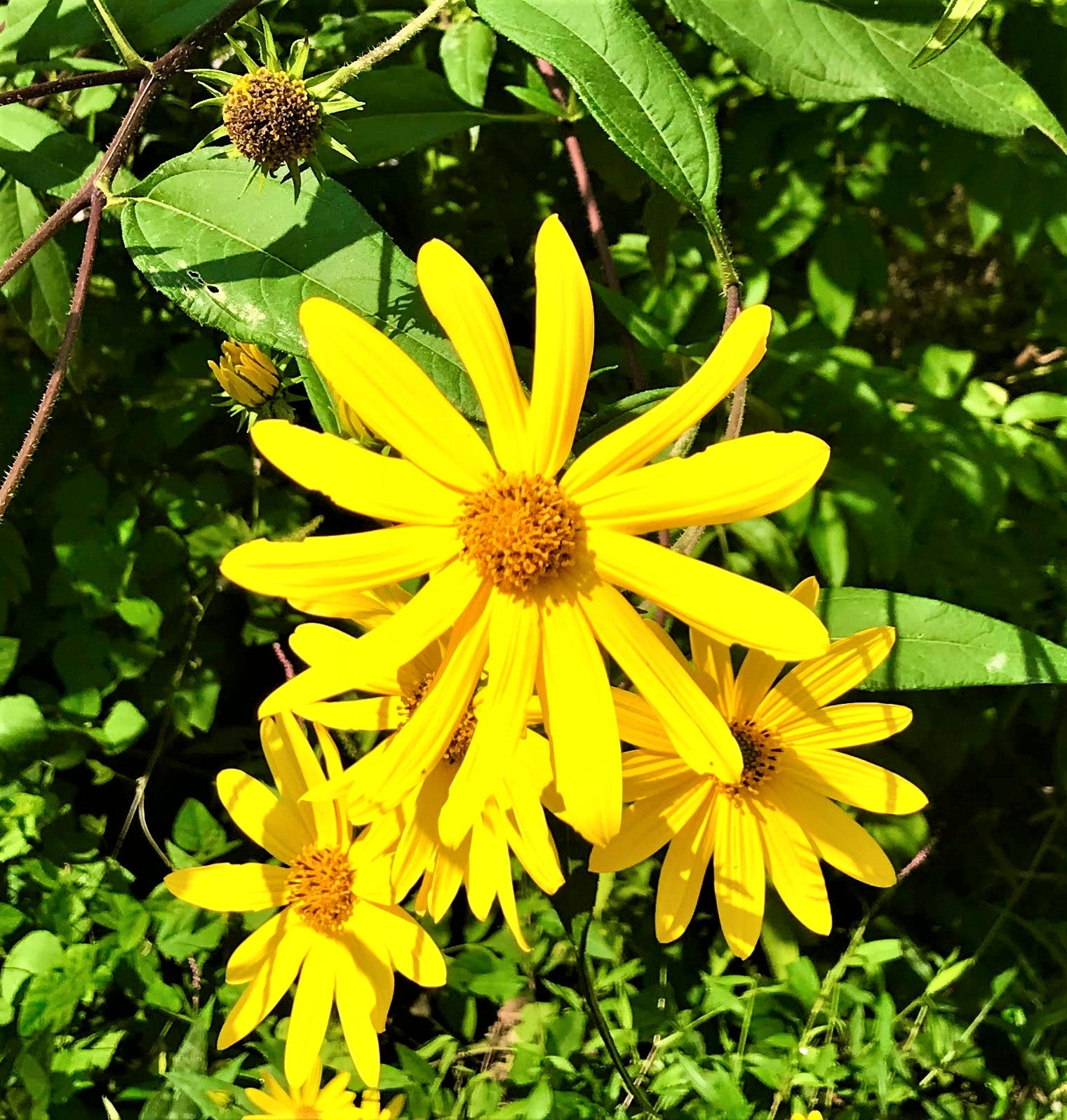OUTSIDE: Reindeer games
Published 11:01 am Monday, December 28, 2020
|
Getting your Trinity Audio player ready...
|
By Steve Roark
Volunteer Interpreter, CGNHP
Reindeer are always of interest at Christmas, famously known as the mode of transportation for the Big Fellow on his annual trip around the world. But they are interesting enough animals to talk about for other reasons, so let me provide some interesting facts that you can impress your friends with at Christmas parties.
As their name suggests, reindeer (Rangifer tarandus) are indeed members of the deer family, known to the science guys as the Cervidae family, which includes our own deer, elk, and moose. Reindeer are not called bucks, does, and fawns, but referred to as bulls, cows, and calves. In Europe they are called reindeer, but here in North America they are known as caribou. And they do indeed live at the North Pole, along with many other far north places in Canada, Alaska, Greenland, Europe, and Asia. Their habitats include treeless tundra, mountains, and woodlands.
Reindeer are well designed to handle the cold and snow, such as winter coat hairs that are hollow to provide more insulation. Their facial hair grows longer in winter to protect their muzzle. Their footpads swell in the summer to be wide and spongy to provide good traction in soft, wet ground, while in winter the footpads shrink to allow the hard hoof to stick out more and bite into ice and snow. When things get really cold they can lower the temperature of their legs to near freezing in order to keep their core body heat even. And their nose is designed to preheat incoming air before it goes to the lungs.
Antlers are what make all deer family members stand out, and reindeer are no exception. The males grow very large racks, second only to moose in size and weight. Unlike other deer species, female reindeer also grow antlers, though a fair bit smaller than the males. Besides using antlers as defensive weapons and to show off during mating season, reindeer antlers grow facing forward, which allows them to be used to dig up plants buried in snow. One antler point often grows flat and can be used as a shovel.
Besides Saint Nick, several northern human cultures have domesticated reindeer as work animals and for consumption. No wait, I don’t mean Santa eats his reindeer… that’s a disturbing thought. But if he did eat the slow ones, it would be very motivating to the others….just kidding, kids! Seriously though, reindeer meat is very tender and lean, and the most popular meat in Scandinavia, where you can actually buy reindeer meatballs at the grocer. That would make for an interesting Christmas party.
On the weird wildlife side, reindeer have a number of oddities. For one thing they have creaky knees. Their knees produce a constant clicking sound as they walk, and this is thought to be a way to express body size for mate selection and pecking order purposes. Apparently the bigger you are, the more your joints creak. Go figure. Also in the arena of strangeness, reindeer eyes are golden yellow in the summer and a beautiful shade of blue in the winter. The reason is complicated, but it’s caused by the retina changing to pick up more light during the dim winter months of the far north. One more oddity is that reindeer cows produce egg nog to feed their calves. Okay, that’s not entirely true, but to survive the harsh far north conditions, reindeer calves have to grow fast. So the mom’s produce some of the richest milk of any mammal, with a 20% fat content. That’s close to eggnog at 29%. Dairy cows produce about 5% fat in comparison.
And finally, it is assumed that the reindeer that pull Santa’s sleigh are the strongest males, and all the drawings, photographs, and movies you see depict the hitched up reindeer with antlers. If that’s the case, then Santa’s sleigh is being pulled by females, because the males lose their antlers in November, while the females hang onto to theirs until the Spring.




